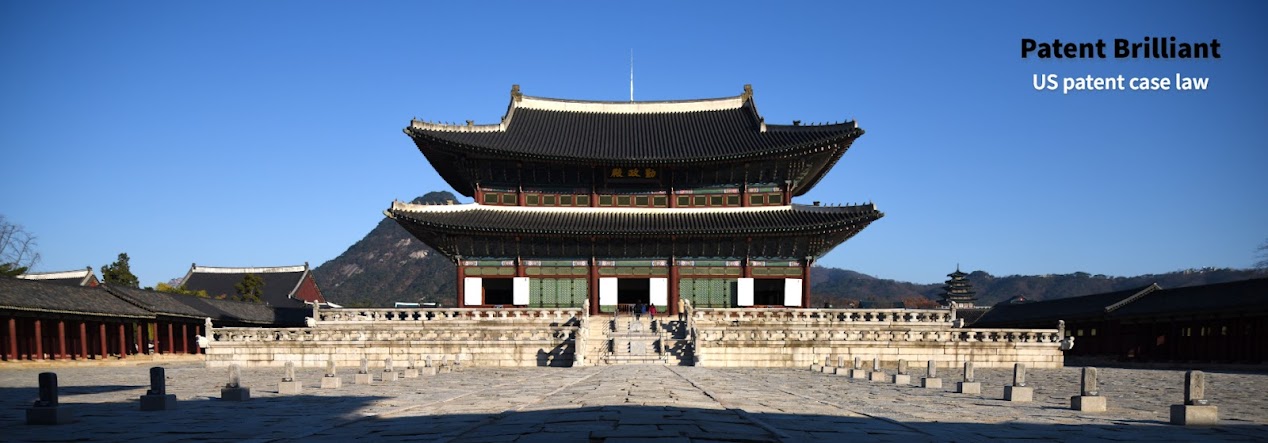Robert J. Kim (김정훈), Wooin Patent & Law
저는 콕스특허법률사무소의 미국변호사 (Attorney at law, DC) 김정훈입니다.
20여년간의 특허청 산하기관, 대/중/소기업 특허담당자 경험을 바탕으로 기업의 특허전략 수립, 비즈니스의 안정적 보호를 위한 특허권리의 획득, R&D 과정에서 경쟁사 특허분석 및 침해여부 검토를 통한 특허분쟁 위험 사전예방, 연구원 및 특허담당자 대상 특허 교육 등 기업에서 필요한 특허활동 전반에 대한 체계적인 자문을 제공해드릴 수 있습니다.
1997.3월 한국특허정보원을 시작으로 국내 다양한 기술분야의 중소, 중견 및 대기업에서 특허담당자로 재직하였고, 2006.8월에는 미국 Franklin Pierce Law Center 에서 MIP 학위를 받았습니다. 2011년말 US patent agent (미국변리사) 자격 시험에 합격하여 현대오트론에 입사한 후 오트론의 특허관리체계를 수립하였으며, 특허담당자로 재직 중이던 지난 2020년초 Washington DC bar 시험에 합격하여 미국변호사가 되었습니다.
2022년에는 특허법인우인 소속으로 2건의 NPE의 미국특허소송에 피소된 국내기업을 대리하여 효과적으로 사건을 종결하였습니다.
본 블로그에서는 특허요건, 특허침해 판단과 관련된 판례 (CAFC, US Supreme Court 사건 중심) 및 MPEP 를 통하여 미국특허법을 함께 공부하고자 합니다. 업무 중에 맞딱뜨리는 다양한 특허문제를 함께 의논하는 것도 언제든지 환영합니다.
I am an attorney at law (Washington DC) at COX Patent & Law Firm. I focus on my practice on counseling matters for companies, especially, startups and small and medium sized ones. Based on my former employment, I cover various fields of technologies including medical devices, automotive control logics, electrical components, and chemistry.
I began my patent career by entering Korea Institute of Patent Information (KIPI) as a patent researcher. I then accumulated my experience as an in-house patent staff of private companies in small, medium, and large sizes. I have experience on structuring strategic corporate patent management, projecting and harvesting necessary patent rights thereby secure stable business, and conducting patent analysis to mitigate patent dispute probabilities in relation to R&D activities.
I represented Korean companies as defendants in two patent infringement suits filed by NPE. The results were both favorable to my clients.
In this blog, I will focus on studying US patent law, especially, patentability requirements through US case law and MPEP.
You are always welcome to discuss patent matters you may encounter while preforming your patent job diligently for your company.
April 19, 2021, PATENT BRILLIANT: US patent case law

